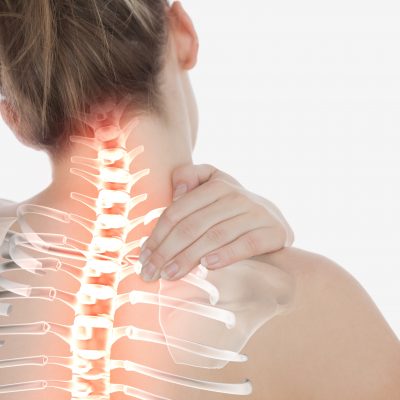What is a spinal injection?
 A spinal injection can help reduce your pain and improve your functionality. The procedure can reduce inflammation resulting in relief of pain. A spinal injection also can be used for diagnostic purposes to help your physician identify the source of your pain.
A spinal injection can help reduce your pain and improve your functionality. The procedure can reduce inflammation resulting in relief of pain. A spinal injection also can be used for diagnostic purposes to help your physician identify the source of your pain.
Spinal injections can help relieve pain caused by inflamed spinal nerves due to spinal stenosis or disc herniation in your neck, arm, back, or legs.